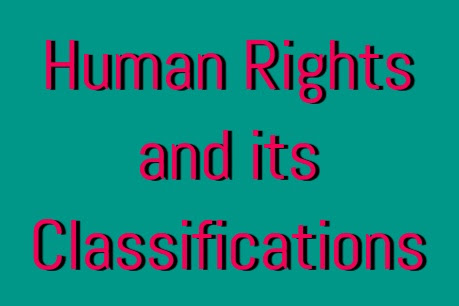Human rights are fundamental entitlements that every individual possesses by virtue of being human. They are inherent, universal, and indivisible, encompassing a wide range of civil, political, economic, social, and cultural rights. In Kenya, human rights are safeguarded by the Constitution of Kenya 2010, which guarantees the protection and promotion of these rights for all citizens.
Human rights in Kenya and internationally can be classified into three categories.
First-generation rights encompass civil and political rights. They include the right to life, freedom of expression, freedom of assembly, and freedom of association, as well as the right to a fair trial and the right to protection from torture or inhuman treatment.
Second-generation rights comprise social economic rights and cultural rights, they include, the right to education, right to healthcare, right to housing, and right to social security, while cultural rights include the right to participate in cultural life and enjoy one’s own culture.
The last class is Third-generation rights which entail group or people’s rights, these are rights that are enjoyed collectively or as a group of people. The most common examples are environmental rights.
Include a conclusion, human rights emphasize that every person, regardless of their race, ethnicity, nationality, gender, religion, age, disability, or other characteristics, possesses innate dignity and worth. Human rights serve as a foundation for promoting justice, equality, and social progress, and they empower individuals to assert their rights and hold governments and institutions accountable for their actions.



The last category of human rights
What are the classification of human right
Classification of human right
Let’s cooperate
the explaintions are good. They are making sense to me. I will jion later at anytime